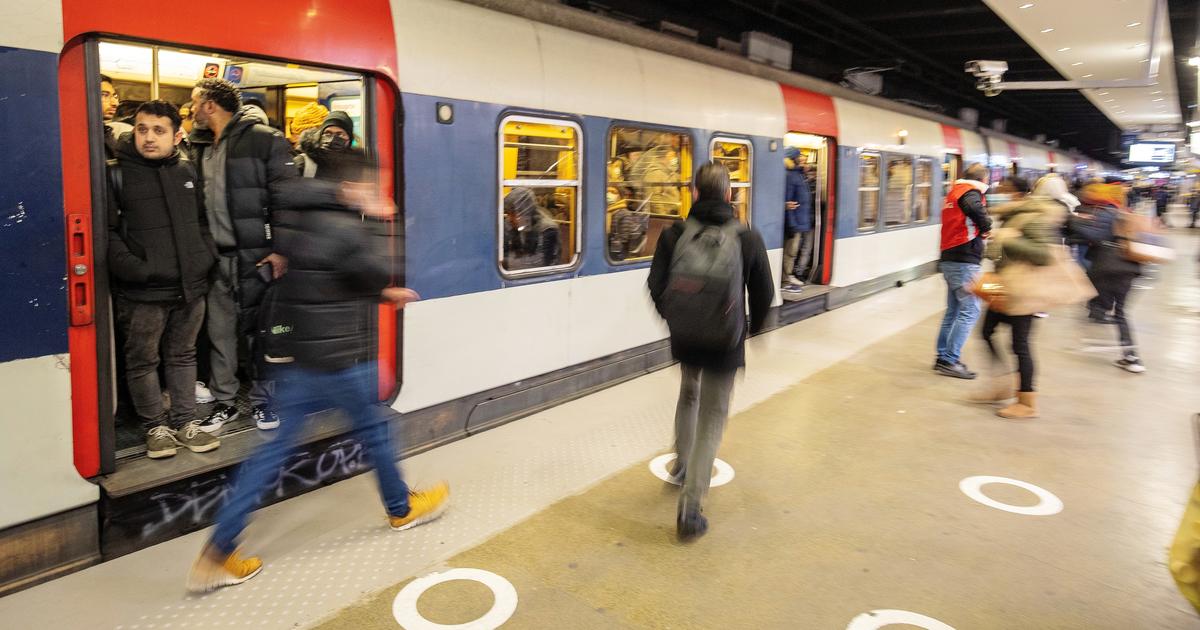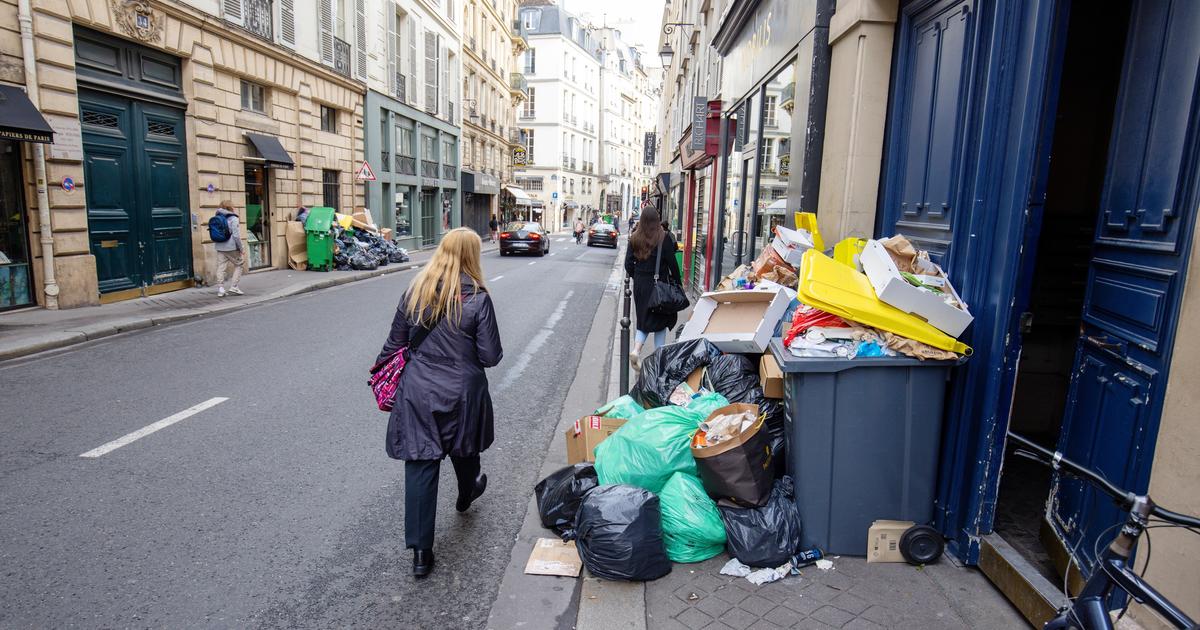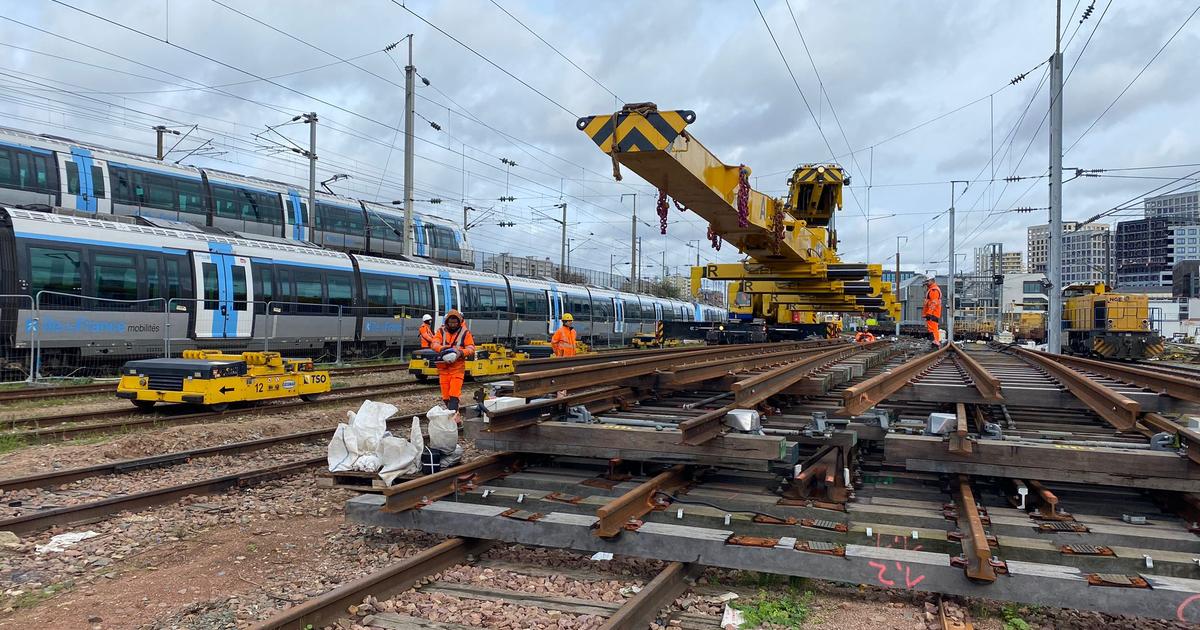Strike, day 42. The days passed and, little by little, traffic improved significantly on the SNCF and RATP networks. The RER B interconnection at the Gare du Nord will be back on Wednesday and several lines will be in service all day.
However, a gap remains very noticeable between what traffic forecasts, announced each afternoon by RATP and SNCF, suggest, and the reality on the ground the next day. The metro stations - when they are open - are often saturated, the frequency of the trains is not necessarily there, while the opening times are always as difficult to follow.
What is the current rate of service?
As surprising as it may seem, unlike airplanes, there is no public and transparent accounting of the number of metros and RERs that run daily. “In a few years, we will have tools to follow all of this in real time. But for the moment, we are far from it ”, we observe at Ile-de-France Mobilités.
In the meantime, each operator communicates their figures drop by drop, without necessarily following the same method. On the side of SNCF Transilien, "between 50% and 66% of the trains run" according to the branches these days compared to a normal day, reports a source. RATP does not give an overall trend. It prefers to detail the rate of service line by line, according to the time slots. But the Régie emphasizes that the upturn is there: "Monday, 53.5% of metros, 64% of RER A and 58% of RER B ran during peak hours".
The Plus de Trains association calculates a daily service rate for the whole day compared to normal. According to his figures, it went "from 33% to 39%" in the metro between Monday and Tuesday, while it peaked at 20% in mid-December. "It has never improved so much," says Plus de Trains. The fact remains that this figure shows that more than six out of ten metros still do not run compared to a normal day. Travelers who rush during rush hour therefore continue to experience a "funnel effect", with saturated platforms and trains.
Metro strike
Our indicator is progressing tomorrow, going from 33 to 39% in 24 hours. It had never improved as much. # Line2 # line8 # line10 # line11 open during the day # line4 # line7 better morning & evening # line3 # line5 to avoid # line12 # line13 to avoid absolutely. pic.twitter.com/36KZCBbljq
How to explain the gap between the announcements and reality?
At SNCF Transilien, we ensure that the announced transport plans are 98% respected. "The 2 missing points are linked to last-minute equipment concerns, abuses, sick leave not replaced", specifies the company. On the RATP network, unpredictable events can also disrupt traffic. The transport plan, drawn up according to the number of strikers declared, "favors the structuring lines, which make it possible to connect the major exchange stations".
Newsletter - Essential news
Every morning, the news seen by Le ParisienI'm registering
Your email address is collected by Le Parisien to allow you to receive our news and commercial offers. Find out more
Sometimes line sections or stations open without being announced the day before. “The strikers declare themselves 48 hours before, and we then have 24 hours to refine the transport plan. We must be certain that the opening of the line is possible before announcing it ”, defends the company which assures it:“ Our forecasts are reliable ”.









